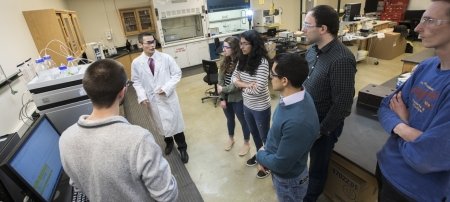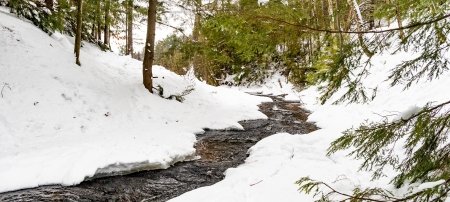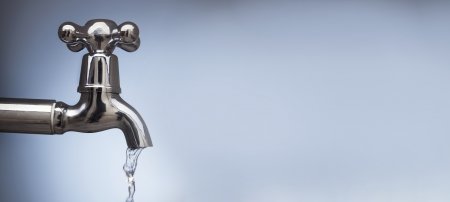Clean Drinking Water for Everyone

Nearly 80 percent of disease in developing countries is linked to bad water and sanitation. Now a scientist at Michigan Technological University has developed a simple, cheap way to make water safe to drink, even if it’s muddy.
It’s easy enough to purify clear water. The solar water disinfection method, or SODIS, calls for leaving a transparent plastic bottle of clear water out in the sun for six hours. That allows heat and ultraviolet radiation to wipe out most pathogens that cause diarrhea, a malady that kills 4,000 children a day in Africa.
It’s a different story if the water is murky, as it often is where people must fetch water from rivers, streams and boreholes. “In the developing world, many people don’t have access to clear water, and it’s very hard to get rid of the suspended clay particles,” says Joshua Pearce, an associate professor of materials science and engineering. “But if you don’t, SODIS doesn’t work. The microorganisms hide under the clay and avoid the UV.”
Thus, to purify your water, you first have to get the clay to settle out, a process called flocculation. Working with student Brittney Dawney of Queen’s University in Ontario, Pearce discovered that one of the most abundant minerals on Earth does this job very well: sodium chloride, or simple table salt.
Salt is inexpensive and available almost everywhere. And it doesn’t take very much to make muddy water clear again.
“The water has a lower sodium concentration than Gatorade,” Pearce says. This would still be too much salt to pass muster as American tap water, but American tap water is not the alternative.
“I’ve drunk this water myself. If I were somewhere with no clean water and had kids with diarrhea, and this could save their lives, I’d use this, no question,” he says.
Salt works best when the suspended particles are a type of clay called bentonite. The technique doesn’t work as well with other kinds of clay. However, by adding a little bentonite with the salt to water containing these different clays, most of the particles glom together and settle out, creating water clear enough for SODIS treatment.
Pearce and Dawney are running more tests on water containing various types of clays, and they are also investigating different soil types across Africa to see where their methods might work the best.
Their paper “Optimizing the Solar Water Disinfection (SODIS) Method by Decreasing Turbidity with NaCl” has been accepted for publication in the Journal of Water, Sanitation, and Hygiene for Development and will appear in June. A preprint of the paper is available here.
Michigan Technological University is an R1 public research university founded in 1885 in Houghton, and is home to nearly 7,500 students from more than 60 countries around the world. Consistently ranked among the best universities in the country for return on investment, Michigan's flagship technological university offers more than 120 undergraduate and graduate degree programs in science and technology, engineering, computing, forestry, business, health professions, humanities, mathematics, social sciences, and the arts. The rural campus is situated just miles from Lake Superior in Michigan's Upper Peninsula, offering year-round opportunities for outdoor adventure.




Comments